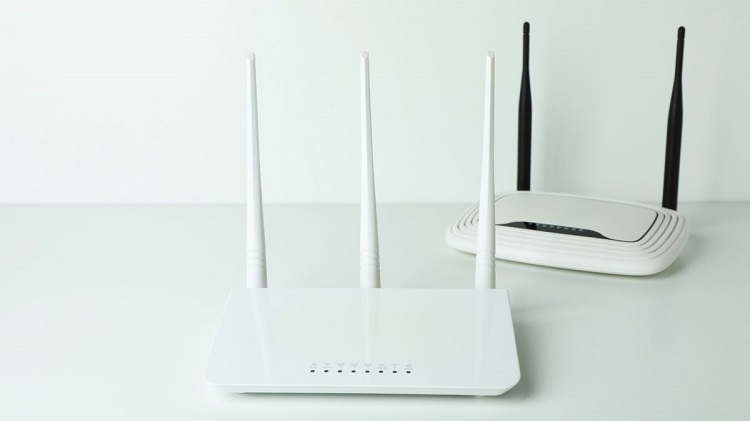Exploring the Diverse World of Planet Sizes in Our Vast Universe

In the boundless expanse of the cosmos, planets come in a myriad of sizes, each contributing to the rich tapestry of our universe. From the colossal gas giants to the diminutive rocky worlds, the diversity in planet sizes is a testament to the complexity and beauty of cosmic evolution. This article delves into the fascinating realm of planet sizes, exploring the factors that influence their formation, the types of planets that exist, and the implications these sizes have on the potential for life.
The Birth of Planets:
Planets are born from the remnants of massive molecular clouds, where gravitational forces and the interplay of various elements and compounds lead to the formation of protoplanetary disks. Within these disks, dust particles collide and coalesce, gradually forming planetesimals, the building blocks of planets. The size of these planetesimals and the conditions within the protoplanetary disk play crucial roles in determining the eventual size of the planets that emerge.
Types of Planets:
Planets can be broadly categorized into two main types based on their composition: terrestrial planets and gas giants. Terrestrial planets, like Earth and Mars, are characterized by solid, rocky surfaces. Gas giants, such as Jupiter and Saturn, are predominantly composed of hydrogen and helium, with no distinct solid surface. The size of a planet is a key factor in determining its composition and structure.
Terrestrial Planets:
- Mercury (Smallest Terrestrial Planet): Mercury, the closest planet to the Sun, is the smallest terrestrial planet in our solar system. Its diminutive size is attributed to its proximity to the Sun, where intense solar radiation and tidal forces disrupted the formation of a larger planet. Despite its small size, Mercury boasts a diverse geological history, with a surface marked by craters, plains, and cliffs.
- Earth (The Goldilocks Planet): Earth, often referred to as the “Goldilocks planet,” is the perfect size to support a thriving biosphere. Its moderate size allows for a stable atmosphere and gravitational force, essential for retaining water and facilitating the diverse ecosystems that define our planet.
- Mars (The Red Planet): Mars, the fourth planet from the Sun, is smaller than Earth but has captured human imagination for centuries. Its reddish hue is attributed to iron oxide on its surface. Mars showcases evidence of past water flow, hinting at the possibility of ancient life.
Gas Giants:
- Jupiter (The King of the Gas Giants): Jupiter, the largest planet in our solar system, is a gas giant with no solid surface. Its immense size is a result of its ability to accrete vast amounts of hydrogen and helium during its formation. Jupiter’s colossal mass exerts a gravitational influence on nearby celestial bodies, shaping the dynamics of the solar system.
- Saturn (The Ringed Wonder): Saturn, known for its stunning ring system, is another gas giant with a composition similar to Jupiter. Despite being smaller, its iconic rings make it a captivating object in the night sky. The size of Saturn and its rings serve as a testament to the intricate dance of celestial forces.
Exoplanets and Beyond:
The study of exoplanets, planets outside our solar system, has revealed an even more diverse array of planet sizes. Astronomers have discovered planets with sizes ranging from smaller than Earth to larger than Jupiter. The discovery of super-Earths (planets with masses larger than Earth but smaller than Neptune) and mini-Neptunes adds new dimensions to our understanding of planetary diversity.
Implications for Life:
Planet size plays a crucial role in determining a celestial body’s potential to support life. Terrestrial planets within a specific size range, like Earth, are more likely to possess the right conditions for liquid water, a key ingredient for life as we know it. Larger gas giants, on the other hand, may host moons with subsurface oceans that could harbor microbial life.
Conclusion:
The exploration of planet sizes opens a window into the complex and wondrous process of planetary formation. From the smallest rocky worlds to the colossal gas giants, each planet contributes to the intricate ballet of celestial bodies in our universe. As technology advances and our understanding of exoplanets grows, we can anticipate the discovery of even more intriguing variations in planet sizes, further expanding our appreciation for the vastness and diversity of the cosmos.
-
What determines the size of a planet?
- The size of a planet is primarily influenced by the amount of material available during its formation within a protoplanetary disk. Factors like proximity to the star, temperature, and gravitational interactions play a significant role in shaping a planet’s size.
-
Why are gas giants larger than terrestrial planets?
- Gas giants, such as Jupiter and Saturn, are larger than terrestrial planets because they form farther from the Sun where there is an abundance of lighter elements like hydrogen and helium. The outer regions of protoplanetary disks allow these planets to accumulate vast amounts of gas, becoming massive with no solid surfaces.
-
What is the smallest planet in our solar system?
- Mercury holds the title of the smallest planet in our solar system. Its size is attributed to its proximity to the Sun, where gravitational and tidal forces disrupted the formation of a larger planet.
-
Are there planets larger than Jupiter?
- As of my last knowledge update in January 2022, Jupiter remains the largest planet in our solar system. However, astronomers have discovered exoplanets, known as “super-Jupiters,” which are gas giants with masses exceeding that of Jupiter.
-
How does a planet’s size affect its atmosphere?
- The size of a planet influences its ability to retain an atmosphere. Larger planets, with stronger gravitational forces, can hold onto lighter gases more effectively. Terrestrial planets, being smaller, may have thinner atmospheres, while gas giants can possess thick and extensive atmospheres.
-
Do smaller planets have less gravity?
- Generally, smaller planets have less gravity compared to larger ones. Gravity is directly proportional to mass, so a planet’s size affects its gravitational pull. However, it’s important to note that factors like density also play a role in determining gravity.
-
Can planets change in size over time?
- While planets can experience changes in composition and atmosphere, significant alterations in size are unlikely. The size of a planet is established during its formation, and any substantial change would require extraordinary events, such as collisions with other celestial bodies.
-
Why do gas giants not have solid surfaces?
- Gas giants do not have solid surfaces because they formed in regions of the protoplanetary disk where temperatures were high enough for volatile gases like hydrogen and helium to remain in a gaseous state. As a result, these planets lack a distinct solid surface.
-
Are there Earth-sized planets in other star systems?
- Yes, astronomers have discovered numerous Earth-sized exoplanets in other star systems. Some of these planets are located in the habitable zone, where conditions may be suitable for liquid water, increasing the potential for the existence of life.
-
How does the size of a planet impact the search for extraterrestrial life?
- The size of a planet is a crucial factor in determining its potential to support life. Terrestrial planets within a certain size range, like Earth, are considered more likely to have the right conditions for liquid water and, consequently, life as we know it. Scientists focus on identifying planets with Earth-like sizes in the search for habitable environments.
These FAQs provide a brief overview of various aspects related to planet sizes, shedding light on the factors influencing their formation, characteristics, and implications for the search for life beyond our solar system.




